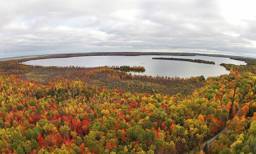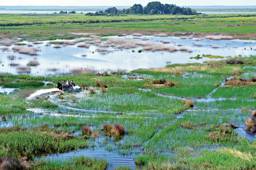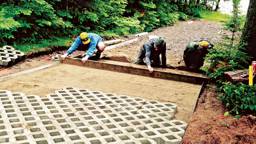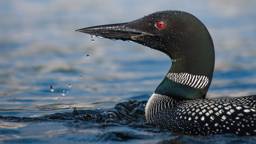– Lisa Anne Evans, via e-mail
A In the simplest sense, a shoreline buffer is a vegetative zone along the shoreline of a river or lake. The presence of plants along the shore buffers or protects the lake by keeping erosion at bay and by filtering contaminated water and/or excessive nutrients that would otherwise enter that body of water. Buffers are also important habitat for all sorts of critters. Additionally, they provide shade, they deter geese from setting up camp, they help maintain the ecosystems of lakes and streams, and they can be quite beautiful as well.
While any width of buffer helps, buffer regulations are set by various state and local ordinances, and different widths reflect the needs of that region. For example, if there is a farm upstream from a river, the buffer near that section of the river will ideally be wider, to provide more filtering of the nutrient-rich runoff before it hits the stream.
In many places, establishing a buffer is left up to the landowner. If you are interested in creating your own shoreline buffer, try to plant species that are both native to your area and to a shoreline setting. Your local extension office will be able to give you some help selecting plant types. Or just let the area naturalize on its own. You may be surprised at all the wildflowers that pop up.
Encourage your neighbors too! Even a 5- to 10-foot-wide strip of native plantings along the shore will be much better for your lake than a grass lawn that runs all the way to the lakeshore.
 dreamstime.com
dreamstime.com 









